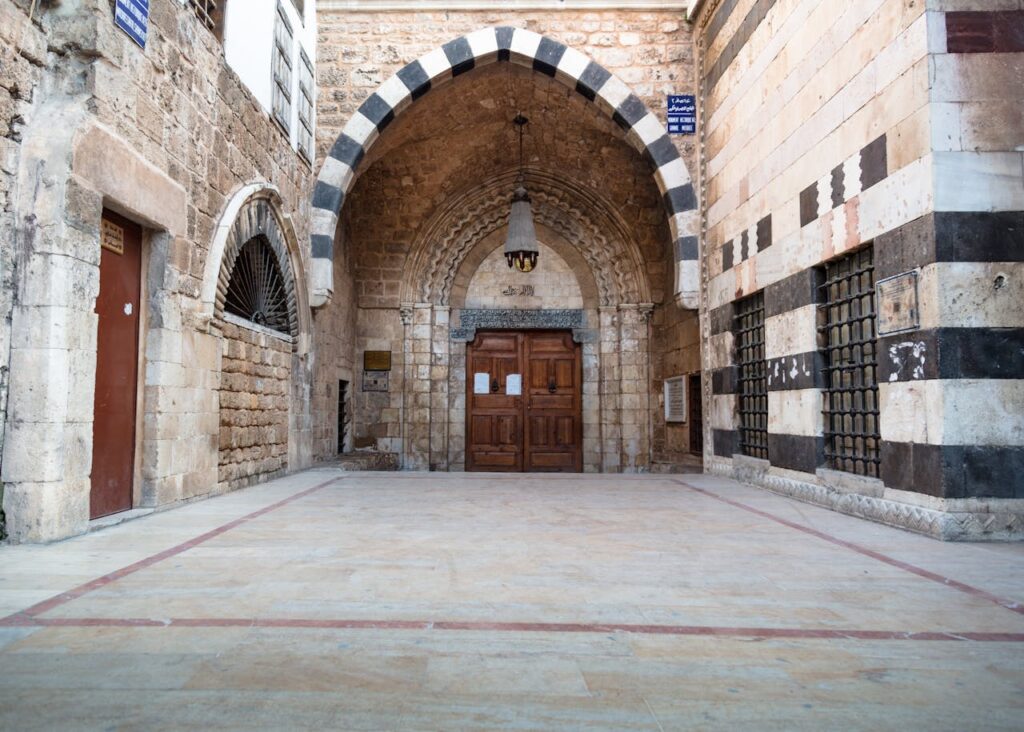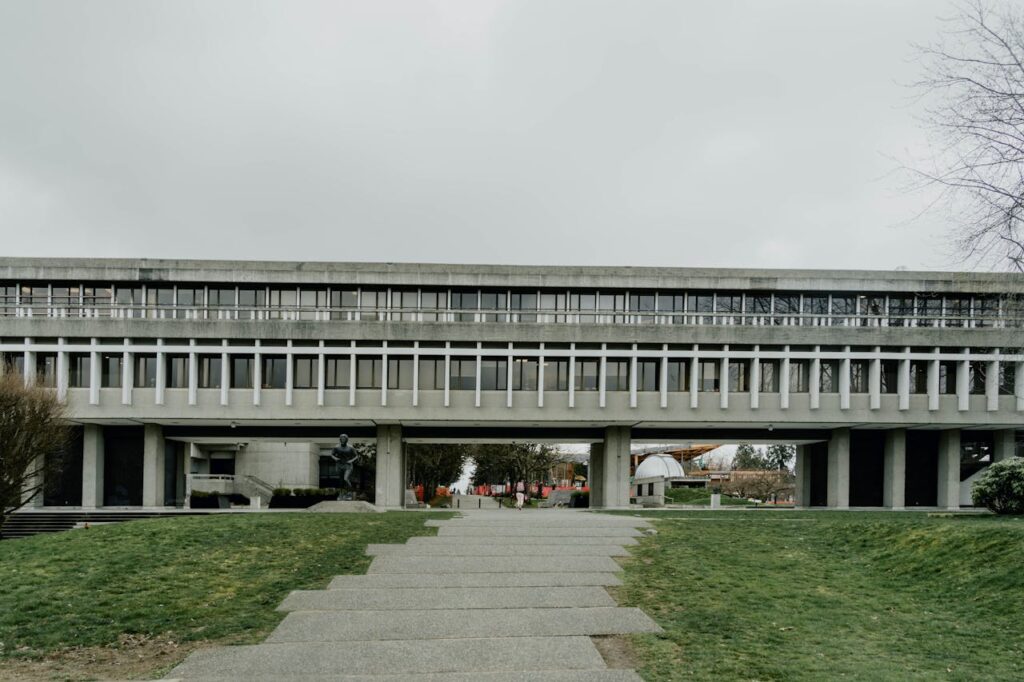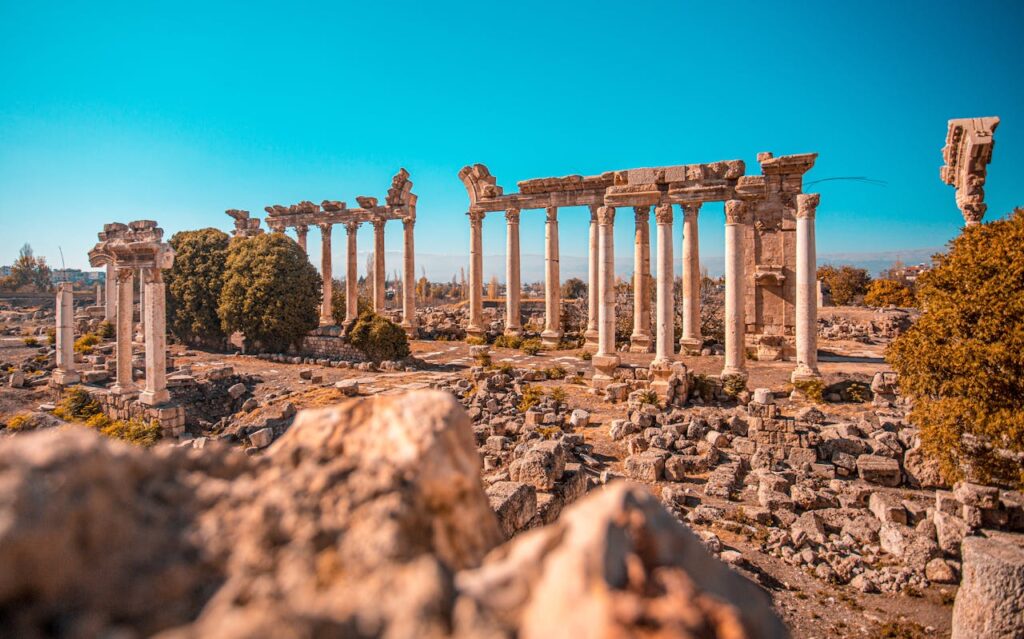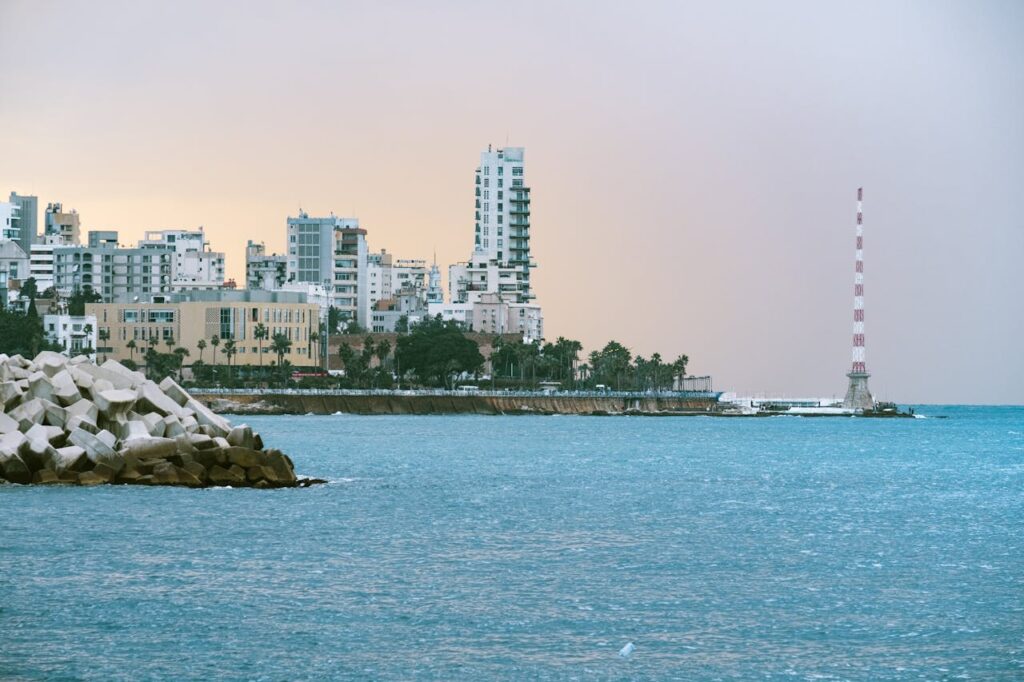Tripoli, Lebanon’s second-largest city, is a vibrant and historic destination known for its rich cultural heritage, stunning Mamluk architecture, and bustling markets. Located on the Mediterranean coast, Tripoli offers visitors a unique blend of history, culture, and natural beauty. From ancient landmarks to scenic coastal spots, the city is a treasure trove of experiences. Here are some of the best places to visit in Tripoli, Lebanon:
Best Places to Visit
1. Citadel of Raymond de Saint-Gilles (Tripoli Castle)
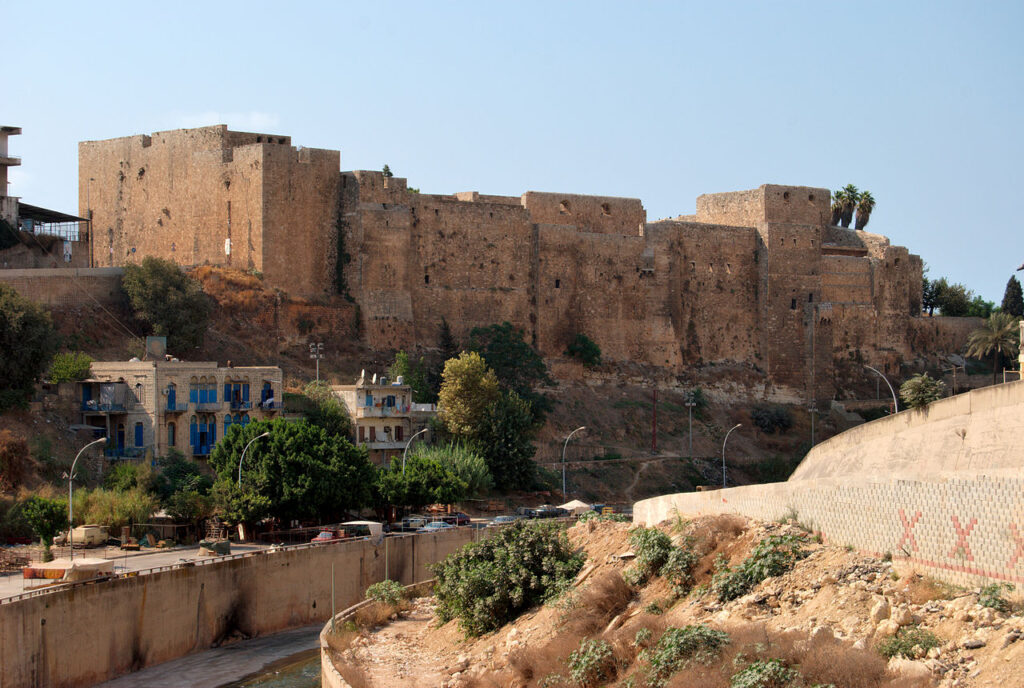
The Citadel of Raymond de Saint-Gilles, also known as Tripoli Castle, is one of the city’s most iconic landmarks. Built by the Crusaders in the early 12th century, the citadel has been expanded and modified by various rulers over the centuries. The fortress offers panoramic views of the city and the Mediterranean Sea. Visitors can explore its massive walls, towers, and underground passages, as well as a small museum showcasing the history of the castle and the region.
- Key Attractions: Crusader architecture, panoramic views, historical exhibits.
- Activities: Exploring the fortress, sightseeing.
- Location: Tripoli city center, Lebanon.
2. Al-Mina (El-Mina)
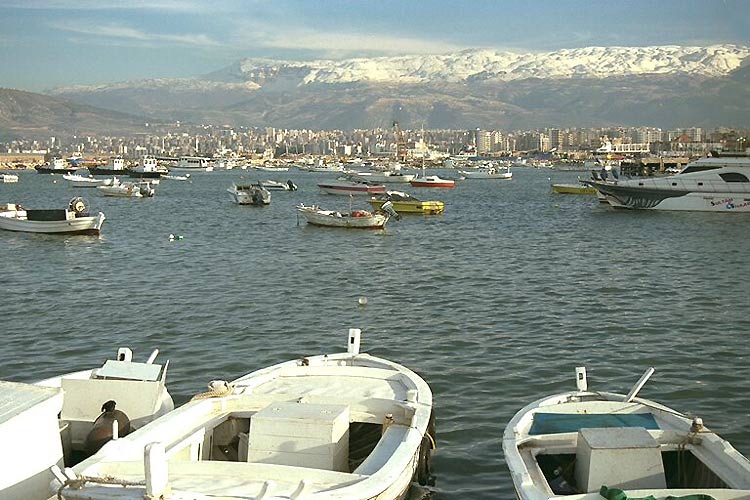
Al-Mina, also known as El-Mina, is the coastal district of Tripoli and serves as the city’s port area. This picturesque neighborhood is known for its charming old houses, narrow streets, and vibrant seaside atmosphere. Visitors can stroll along the waterfront, enjoy fresh seafood at local restaurants, and explore the small fishing harbor. Al-Mina is also home to several historic mosques and churches, making it a culturally rich area to explore.
- Key Attractions: Seaside views, historic architecture, seafood restaurants.
- Activities: Walking, dining, exploring historic sites.
- Location: Al-Mina district, Tripoli, Lebanon.
3. Khan Al-Khayyatin (Tailors’ Khan)
Khan Al-Khayyatin, or the Tailors’ Khan, is one of Tripoli’s most famous souks (markets). This traditional marketplace dates back to the Mamluk period and is known for its narrow alleys lined with shops selling textiles, clothing, and other goods. The khan’s architecture, with its stone arches and wooden doors, reflects the city’s historical charm. Visitors can shop for traditional garments, handmade crafts, and souvenirs, and experience the bustling atmosphere of a traditional souk.
- Key Attractions: Traditional market, Mamluk architecture.
- Activities: Shopping, exploring local culture.
- Location: Tripoli city center, Lebanon.
4. Rachid Karami International Fair
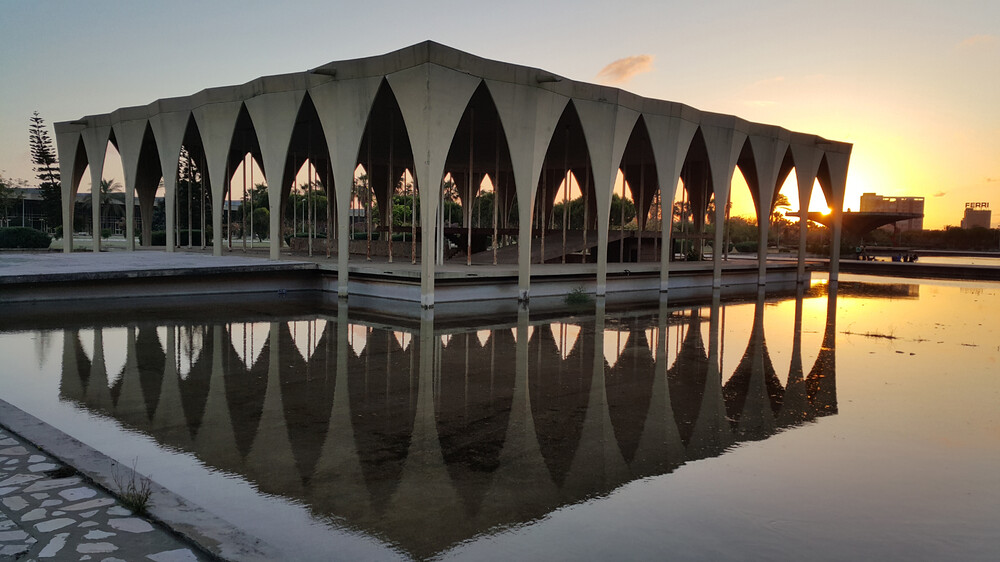
The Rachid Karami International Fair is a large exhibition center in Tripoli, designed by the renowned Brazilian architect Oscar Niemeyer. The fairground is a modernist architectural masterpiece and includes several impressive structures, such as the dome-shaped Lebanese Pavilion, the open-air theatre, and the water tower. Although the fairground has not been fully utilized as originally intended, it remains a fascinating site to visit for architecture enthusiasts and history buffs.
- Key Attractions: Modernist architecture, Niemeyer’s design.
- Activities: Architectural exploration, sightseeing.
- Location: Tripoli city center, Lebanon.
5. The Great Mosque of Tripoli (Mansouri Mosque)
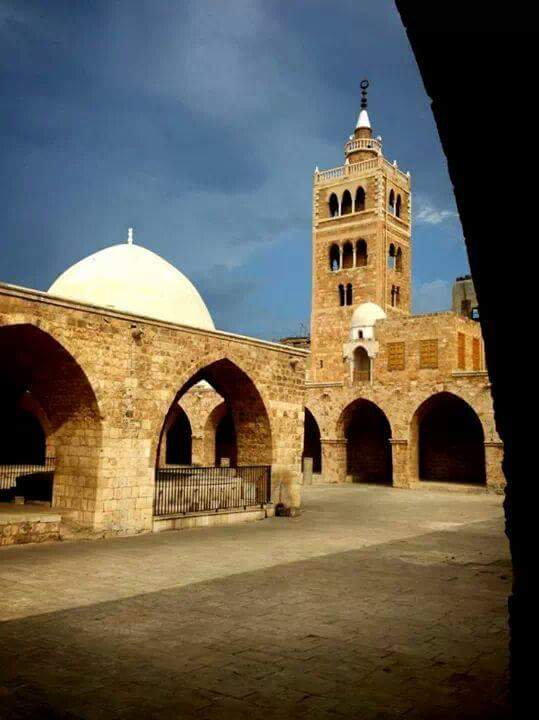
The Great Mosque of Tripoli, also known as the Mansouri Mosque, is the largest mosque in the city and one of its most significant religious sites. Built during the Mamluk period in the 13th century, the mosque features a large prayer hall, a beautiful courtyard, and a distinctive minaret. The mosque’s architecture is a blend of Mamluk and Crusader styles, reflecting the city’s diverse history. Visitors are welcome to explore the mosque’s interior and learn about its religious and cultural significance. Modest dress is required when visiting.
- Key Attractions: Mamluk architecture, historical significance.
- Activities: Religious exploration, cultural learning.
- Location: Tripoli city center, Lebanon.
6. Hammam Ezzedine
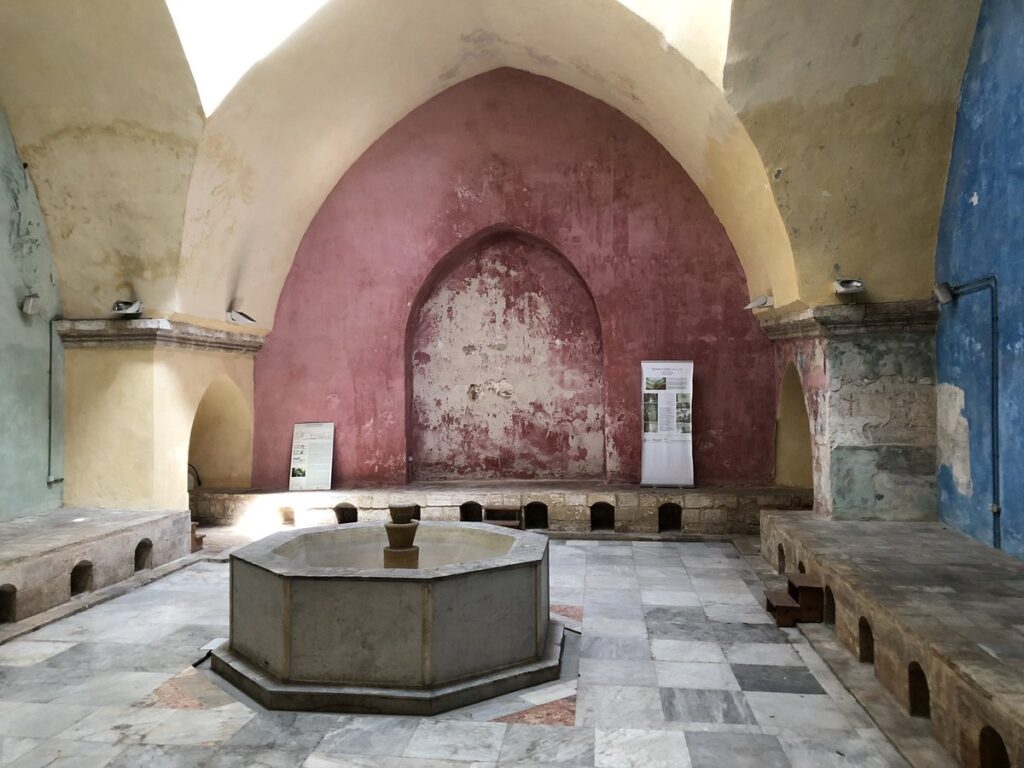
Hammam Ezzedine is a traditional Ottoman-style public bathhouse in Tripoli. Built in the 13th century, the hammam is an excellent example of Islamic architecture, with its domed ceiling, marble floors, and decorative tiles. The bathhouse was an important social center in the past, where people gathered for relaxation and socialization. Today, Hammam Ezzedine is a cultural landmark and offers a glimpse into the traditional lifestyle of Tripoli’s residents. While the hammam is no longer operational, visitors can tour the historic building and admire its architectural beauty.
- Key Attractions: Ottoman architecture, cultural history.
- Activities: Architectural appreciation, historical exploration.
- Location: Tripoli city center, Lebanon.
7. Palm Islands Nature Reserve
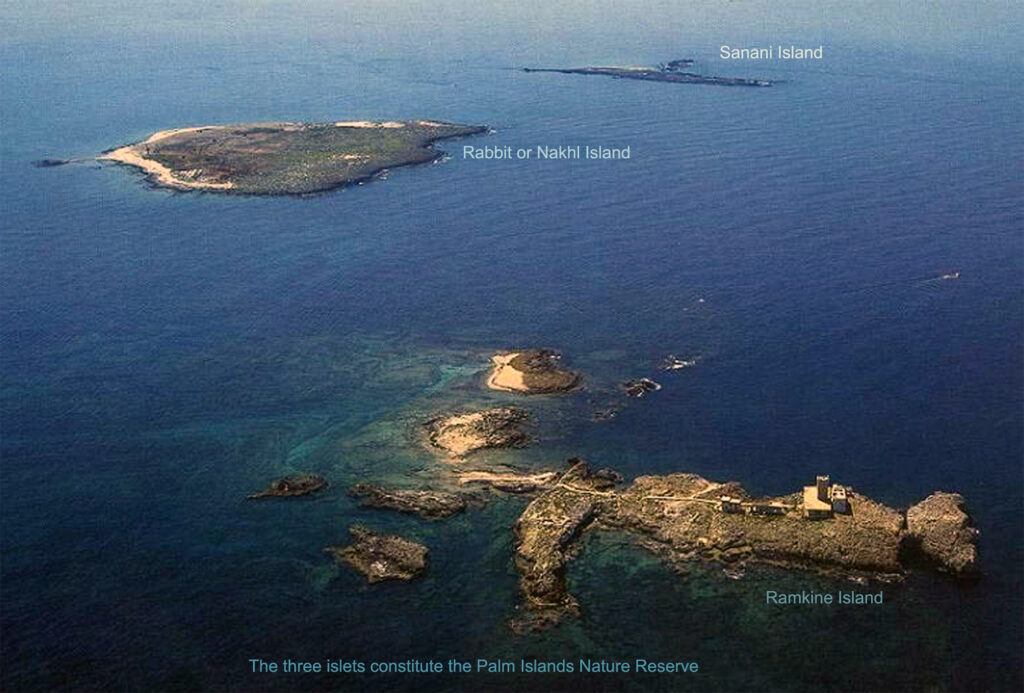
The Palm Islands Nature Reserve, also known as the Rabbit Islands, is an archipelago located off the coast of Tripoli. The reserve consists of three small islands: Palm Island, Ramkine Island, and Sanani Island. The islands are a protected area and a haven for various bird species, sea turtles, and marine life. The reserve offers opportunities for birdwatching, swimming, and snorkeling in its crystal-clear waters. It is a popular destination for nature lovers and those looking to escape the city’s hustle and bustle.
- Key Attractions: Birdwatching, marine life, pristine beaches.
- Activities: Swimming, snorkeling, nature walks.
- Location: Off the coast of Tripoli, Lebanon.
8. Old Souks of Tripoli
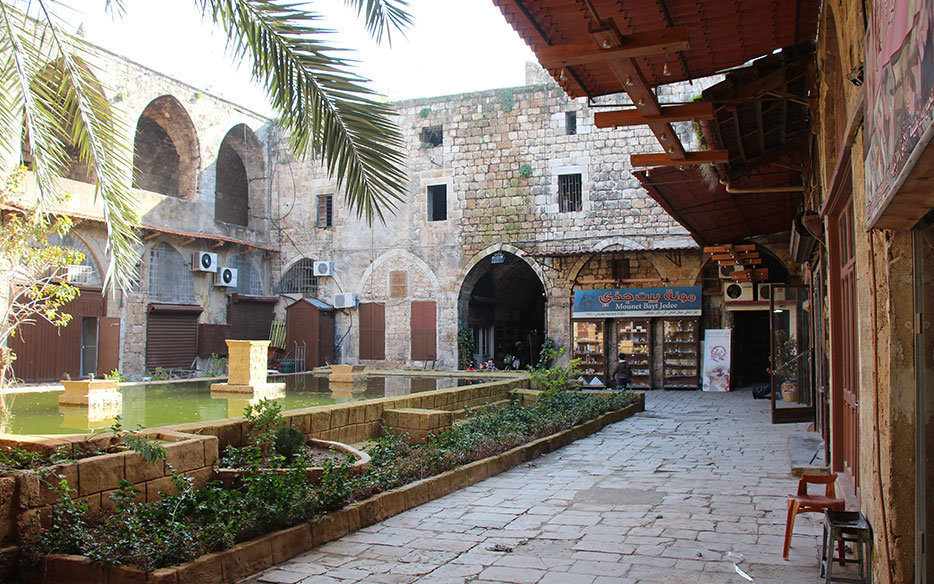
The Old Souks of Tripoli are a labyrinth of narrow streets and bustling markets that date back to the Mamluk period. These souks are divided into different sections, each specializing in various goods, such as gold, spices, textiles, and sweets. The souks are known for their vibrant atmosphere, traditional crafts, and historic architecture. Visitors can explore the markets, shop for unique items, and experience the authentic culture of Tripoli. The Old Souks are also home to several historic khans and mosques.
- Key Attractions: Traditional markets, historic architecture.
- Activities: Shopping, cultural exploration.
- Location: Tripoli city center, Lebanon.
10. Al-Tell Clock Tower
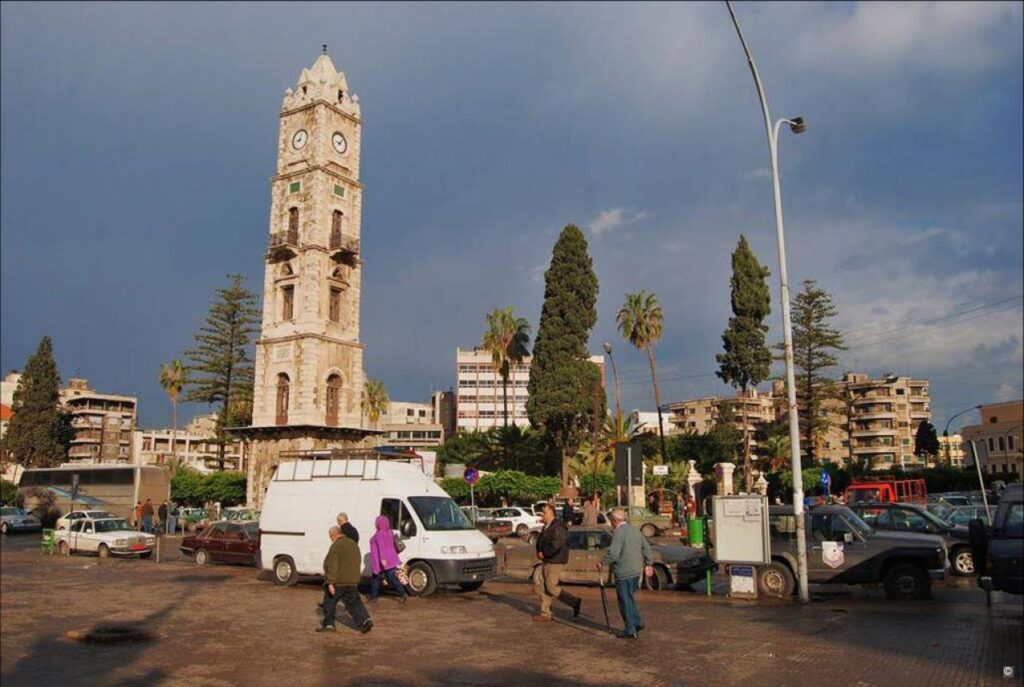
The Al-Tell Clock Tower is a prominent landmark in Tripoli, located in the city’s central square. The clock tower was built during the Ottoman period and serves as a symbol of the city’s rich history. The square around the clock tower is a bustling area, filled with shops, cafes, and street vendors. The tower’s architecture features a blend of Ottoman and modern styles, making it an interesting site to visit. Visitors can relax in the square, enjoy local snacks, and observe the daily life of Tripoli’s residents.
- Key Attractions: Ottoman architecture, central square.
- Activities: Sightseeing, people-watching.
- Location: Tripoli city center, Lebanon.
Summary Table
| Place | Description | Key Attraction | Location |
|---|---|---|---|
| Citadel of Raymond de Saint-Gilles | Crusader fortress with panoramic views | Medieval architecture, historical exhibits | Tripoli city center, Lebanon |
| Al-Mina (El-Mina) | Coastal district with charming old houses | Seaside views, seafood restaurants | Al-Mina district, Tripoli |
| Khan Al-Khayyatin (Tailors’ Khan) | Traditional souk with Mamluk architecture | Textiles, traditional crafts | Tripoli city center, Lebanon |
| Rachid Karami International Fair | Modernist architectural masterpiece | Niemeyer’s design | Tripoli city center, Lebanon |
| The Great Mosque of Tripoli (Mansouri Mosque) | Largest mosque in Tripoli with Mamluk architecture | Historic significance | Tripoli city center, Lebanon |
| Hammam Ezzedine | Traditional Ottoman-style public bathhouse | Islamic architecture, cultural history | Tripoli city center, Lebanon |
| Saint Gilles Cathedral | Historic Maronite church | Romanesque and Gothic architecture | Tripoli city center, Lebanon |
| Palm Islands Nature Reserve | Protected archipelago with rich biodiversity | Birdwatching, marine life | Off the coast of Tripoli, Lebanon |
| Old Souks of Tripoli | Bustling markets with traditional crafts and goods | Historic khans, vibrant atmosphere | Tripoli city center, Lebanon |
| Al-Tell Clock Tower | Prominent Ottoman-era clock tower | Central square, local culture | Tripoli city center, Lebanon |
How to Reach Tripoli
By Car
Tripoli is located approximately 85 kilometers north of Beirut, the capital of Lebanon. The city is easily accessible by car via the coastal highway. The drive from Beirut to Tripoli typically takes around 1.5 to 2 hours, depending on traffic.
By Bus
Several bus
companies operate routes between Beirut and Tripoli. Buses are an affordable and convenient way to travel between the two cities. Buses depart from various locations in Beirut, including the Charles Helou Bus Station.
By Taxi
Taxis and ride-sharing services are available for those who prefer a more private and comfortable journey. Taxis can be hired from Beirut or other nearby cities, and the fare can be negotiated with the driver.
Best Time to Visit Tripoli
The best time to visit Tripoli is during the spring (April to June) and autumn (September to November) when the weather is mild and pleasant. These seasons are ideal for exploring the city’s outdoor attractions and enjoying cultural events. The summer months (July to August) can be hot, making it a great time for beach activities and visits to the Palm Islands Nature Reserve. Winter (December to February) is cooler, with occasional rainfall, making it a good time for indoor activities and museum visits.
Travel Tips
- Local Cuisine: Tripoli is renowned for its delicious Lebanese cuisine, including dishes like hummus, kibbeh, and manakish. The city’s sweets, such as baklava and knafeh, are also famous. Don’t miss trying the local specialty, Tripoli-style ice cream (booza).
- Cultural Etiquette: Lebanese people are known for their hospitality. It’s customary to greet people with a smile and a handshake. When visiting religious sites, dress modestly and remove shoes before entering mosques. It’s also polite to use your right hand when eating or greeting others.
- Transportation: Tripoli’s city center is compact and walkable, making it easy to explore on foot. Taxis and local buses are available for traveling to nearby attractions.
Itinerary Suggestions
One-Day Trip
- Morning: Start your day with a visit to the Citadel of Raymond de Saint-Gilles and explore its medieval architecture and panoramic views. Then, head to the Old Souks of Tripoli for shopping and cultural exploration.
- Afternoon: Have lunch at a seafood restaurant in Al-Mina and enjoy fresh local dishes. Afterward, visit the Great Mosque of Tripoli and Hammam Ezzedine to learn about the city’s Islamic heritage.
- Evening: End your day with a stroll around the Al-Tell Clock Tower and enjoy the lively atmosphere of the central square.
Weekend Getaway
- Day 1: Begin with visits to the Citadel of Raymond de Saint-Gilles and the Old Souks of Tripoli. In the afternoon, explore the Rachid Karami International Fair and the Great Mosque of Tripoli. In the evening, dine at a local restaurant and experience the city’s vibrant nightlife.
- Day 2: Start with a morning visit to the Palm Islands Nature Reserve for birdwatching and beach activities. Then, explore the historic Hammam Ezzedine and Saint Gilles Cathedral. In the afternoon, visit Al-Mina for a leisurely walk along the waterfront and enjoy seafood at a local restaurant. Conclude your trip with a visit to the Al-Tell Clock Tower and the surrounding area.
Tripoli’s rich history, stunning architecture, and cultural diversity make it a captivating destination in Lebanon. Whether you’re exploring ancient landmarks, enjoying the local cuisine, or relaxing by the sea, Tripoli offers a memorable experience for every traveler.

